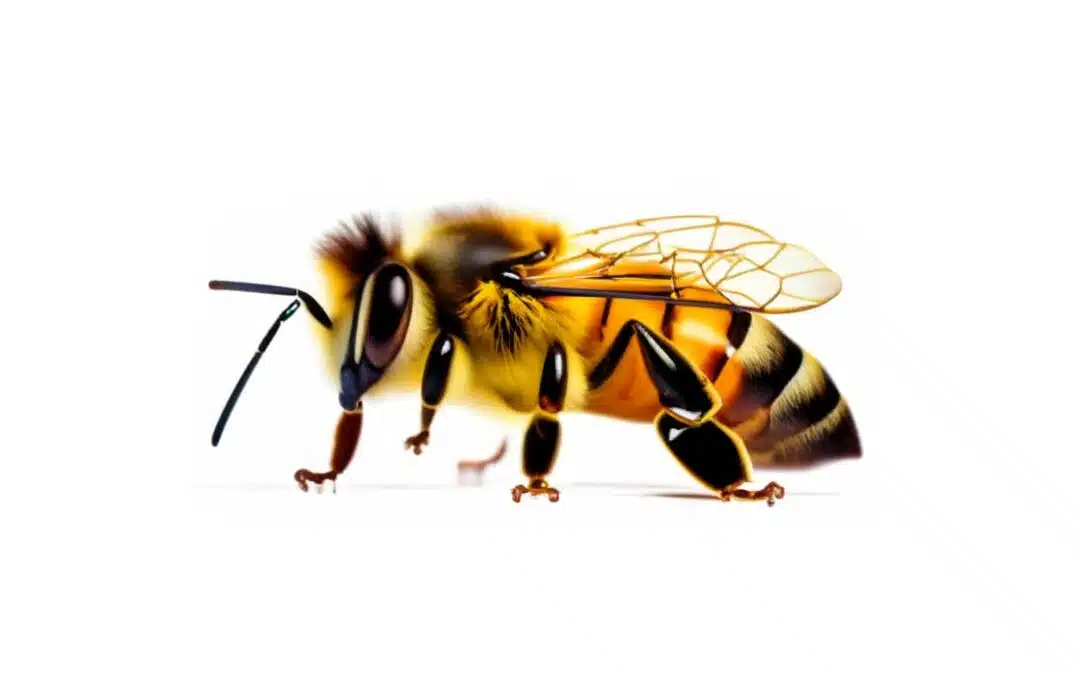As summer transitions to fall in Sacramento, residents engage in various outdoor activities like picnics, hiking, and sporting events. However, this is also the time when flying stinging insects become more active, posing a risk to individuals who may not be aware of their life-threatening allergies to these insect stings.
Fall in Sacramento offers opportunities for enjoyable experiences such as dinners on the deck, outdoor concerts, and football games. However, these activities tend to attract aggressive scavenger insects like yellow jackets, wasps, and others during this time of year. While insect stings can occur throughout the period between the last and first frosts, people are more susceptible to stings during late summer and early fall due to the heightened agitation of insects, especially in hot and dry conditions. These insects face challenges in finding water sources and food, leading to increased aggression and competition.
Therefore, it becomes crucial to educate individuals who are not aware of their hypersensitivity to hymenoptera, which is commonly referred to as a bee sting allergy. This condition is a leading cause of anaphylaxis, an acute allergic reaction that can result in death. Fortunately, this condition is almost entirely preventable and controllable.
Insect stings rank as the third leading cause of emergency room visits for anaphylaxis in the United States. The primary culprits include honeybees, yellow jackets, wasps, hornets, and fire ants. It is important to note that while bees are generally less aggressive in terms of stinging, an actual bee sting allergy is more likely to cause severe anaphylaxis compared to allergies from yellow jackets or wasps.
To identify if you have an allergy, the clearest sign is experiencing a systemic reaction within an hour after being stung by a flying insect, rather than bitten by a mosquito, with symptoms extending beyond localized pain and swelling at the sting site.
Certain signs indicate an individual may be at risk of life-threatening anaphylaxis with future stings, including a burning sensation and itching throughout the body, itching, swelling, hives, or a rash in a location unrelated to the sting site, such as experiencing a tingling and itching sensation on the scalp when stung on the hand. Other indicators include a feeling of thickness in the throat, chest tightness, difficulty breathing or wheezing, swelling under the skin, and a drop in blood pressure.
If you observe these reactions in yourself or others, prompt action is crucial. If you have previously experienced controllable symptoms but are unsure, it is advisable to undergo testing. The next insect sting could result in a much more serious reaction.
Anaphylaxis progresses rapidly, and the first-line therapy to prevent potential death is always an injection of epinephrine. Epinephrine is available in the form of an auto-injector (commonly known as EpiPen), which the patient applies to the front or side of their thigh to deliver the medication through a needle. This form comes in appropriate doses for both children and adults. Epinephrine is also available in vials, from which the patient can draw the medication into a syringe.
Diagnosing and treating hymenoptera hypersensitivity is relatively straightforward. Skin and/or blood tests can determine the risk for individuals who have experienced anaphylaxis. Skin testing should be conducted 4-6 weeks after the reaction since a positive test may not be immediate following anaphylaxis. While skin testing is considered the more accurate method for most patients, blood testing is often used alongside to ensure an accurate diagnosis.
Testing is particularly important because studies have shown that people frequently misidentify the type of insect responsible for a sting. Proper testing allows for correct identification and subsequent administration of the appropriate allergy shot.
Typically, diagnosis requires no more than two office visits. Desensitizing the immune system through allergy shots is often an efficient and safe treatment approach. While an epinephrine auto-injector is typically sufficient for most people, there is always a risk of forgetting to carry it at all times, especially during outdoor activities like sports or hiking, when the chances of encountering stinging insects are higher.
Allergy shots, also known as immunotherapy, are highly effective in preventing future life-threatening reactions. With regular use over a period of four to five years, these shots can often be discontinued, offering long-term relief and protection.
For everyone enjoying the beautiful fall outdoors in Sacramento, there are some helpful tips to avoid allergic reactions to insects. First and foremost, the best way to prevent stings is to avoid them altogether. Wearing drab-colored clothing with long sleeves and pants can help minimize the chances of attracting stinging insects. Bright colors are believed to be more appealing to insects, and covering the body reduces the exposed skin available for stings.
If you are noticing an increase in wasp activity around your home, now is the ideal time to take action. Contact Fast Action Pest Control for a free inspection and quick response. By treating wasps as they prepare for winter, you have the best chance of preventing their return in the springtime.
By staying informed about the risks and symptoms associated with insect stings, educating others about allergies, and taking appropriate precautions, the people of Sacramento can enjoy a safe and enjoyable transition from summer to fall, making unforgettable memories without the fear of life-threatening allergic reactions.


